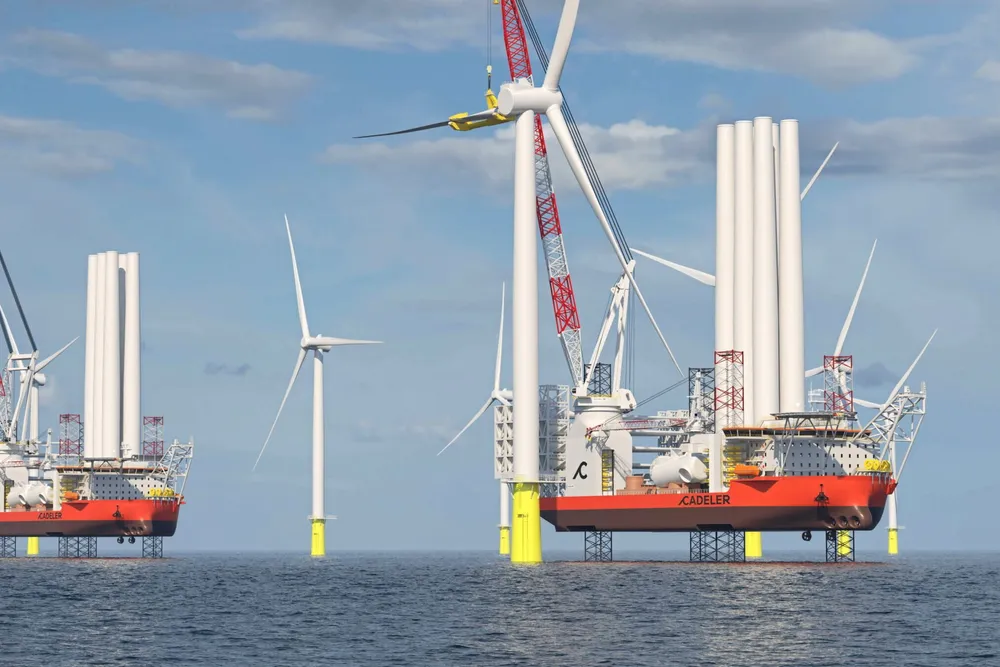'Less time at port, more at sea': Siemens Gamesa and Vestas team up on turbine transport
Wind giants have had support from vessel owners including Cadeler and developers RWE, Equinor and Vattenfall on industry project

Siemens Gamesa and Vestas have teamed up on a ‘game-changing’ project to make turbine transport for offshore wind quicker and more efficient.
The two turbine-making giants have worked together on an industry-wide initiative to introduce common standards for the seafastening design of turbine components on installation vessels.
A modern wind turbine installation vessel, which can carry five or six turbines at a time, needs several thousand tonnes of steel on the deck in seafastening structures to keep nacelles, towers and blades secure.
The new guidelines will mean that these structures can be reused on multiple projects, reducing the amount of steel scrapped and hours spent on design and manufacturing. It will also cut time spent modifying vessels between projects.
"This means fewer days spent in port and more time at sea installing turbines,” said Jesper Møller, chief engineer for offshore execution at German-owned Siemens Gamesa. “It directly improves the speed and efficiency of offshore wind deployment.”
Brian Mikkelsen, senior vice president for nacelle research and development at Denmark’s Vestas, said that standardising seafastening is a “logical step that benefits the entire industry without compromising competition. After a year of dedicated work, we are proud to see these guidelines being adopted.”
The guidelines have been produced as part of the Wind Industry Standardization, an industry initiative being coordinated by Energy Cluster Denmark, with Siemens Gamesa and Vestas as sponsors and main contributors.
Orsted installation projects are among the first to implement the guideline and other industry players to support the project include vessel owners Cadeler, Fred Olsen Windcarrier and Van Oord, and developers RWE, Vattenfall and Equinor.
“The new seafastening guideline is a great example of locking in the potential of an obvious and necessary standardisation in the offshore wind industry,” said Thomas Deelen, a product portfolio director at Vattenfall.
The guidelines will result in “higher utilisation rate of the installation vessels, reduced CAPEX and reduced unnecessary waste of steel. In short, all stakeholders benefit, and it brings all of us a step closer to fossil freedom.”
Héloïse Vignal, head of project engineering at Cadeler, said the “ability to reuse equipment and standardise operations across projects is a game-changer” and will allow the company to install offshore wind farms faster, more sustainably and with greater cost efficiency.
Vestas and Siemens Gamesa say this will be the first of many standardisation initiatives, with tower transport equipment and tower stands for pre-assembly being other areas they will work on.
“There is still significant potential to make the industry more resource- and cost-efficient by maturing the supply chain,” said Mikkelsen. “This is a shared journey for the entire industry, and as OEMs, we are committed to doing our part.”
(Copyright)